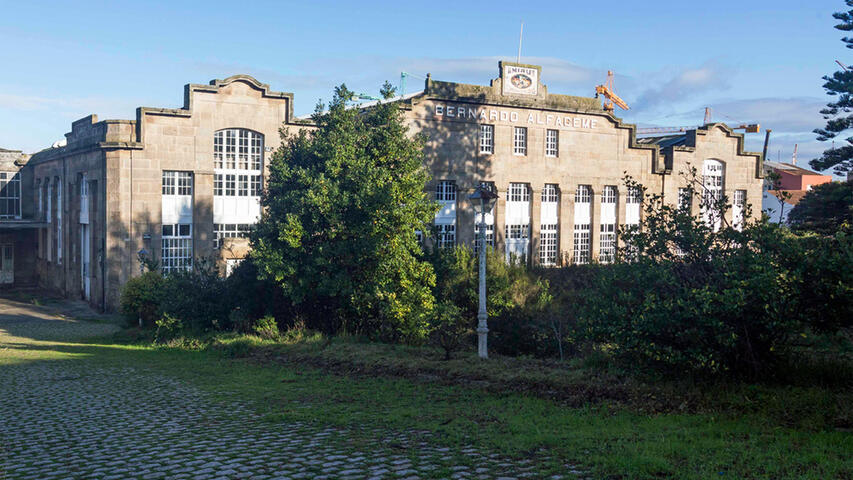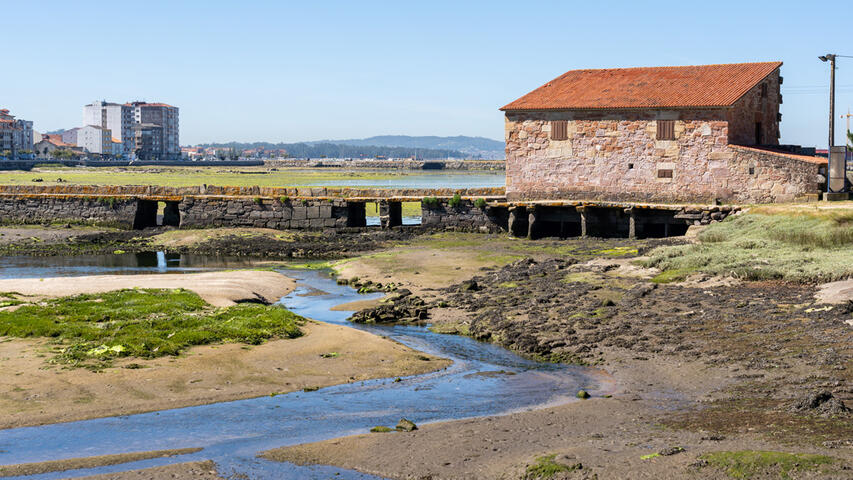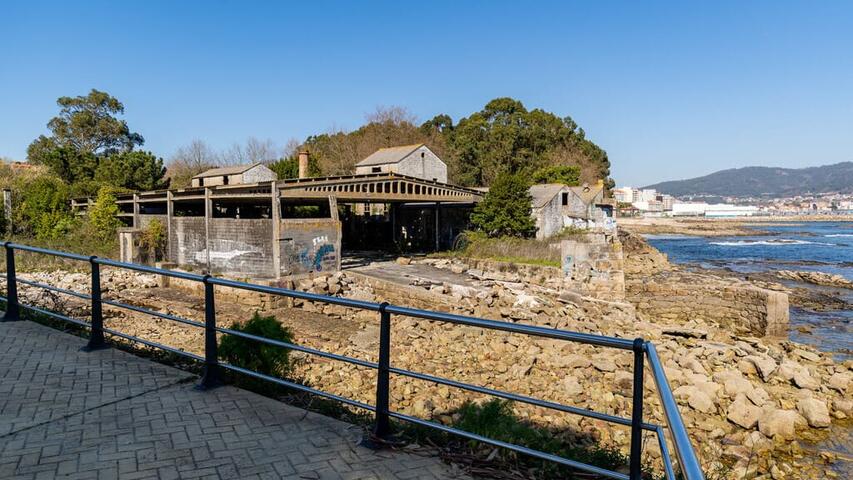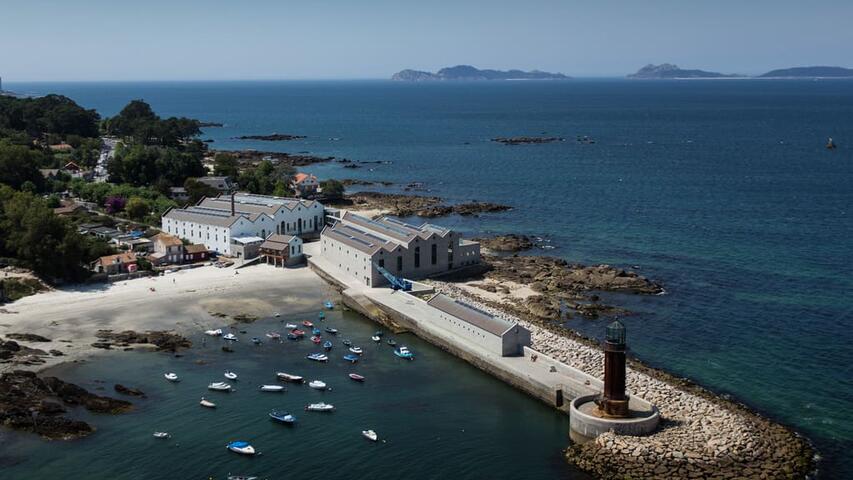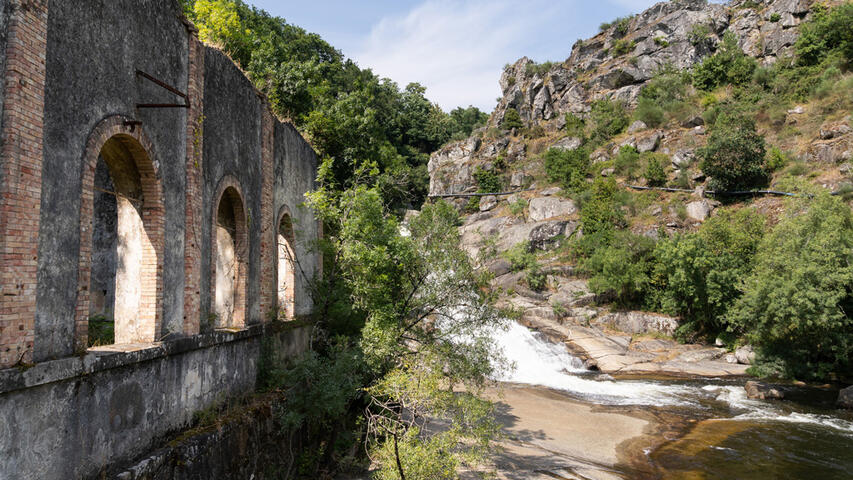The memory of the industrial heritage of Rías Baixas
The memory of industrial heritage
The monumentality of these symbols of the economic strength of the Rías Baixas helps to keep the recent history of the province of Pontevedra alive.
The province of Pontevedra preserves an important industrial heritage that keeps alive the memory of the years of greatest development of the canning and naval sectors and of strategic activities, although less known, such as the obtaining of wolfram in Fontao. They are monumental buildings that have been reinvented as multipurpose spaces or exhibition centres, and those that have not been recovered preserve their historical and ethnographic interest intact despite the external decadence.
The Beiramar area, in Vigo, is one of the meccas of industrial tourism in the province of Pontevedra, as it concentrates on the coastline the frenetic activity of its docks, the large active fishing and naval factories and the remains of their predecessors, now abandoned, such as the Alfageme ship, whose most important pieces are exhibited in the Anfaco Museum. Also of interest are the remains of La Artística and the silos of La Panificadora, which are now being recovered for public use.

Talking about industrial heritage in As Rías Baixas implies a visit to the Massó Museum in Bueu, which houses the most important whaling collection in Spain. And without leaving O Morrazo, on the coast of Cangas, we find the family's old cannery, which employed 2,000 people, and the remains of the whaling plant of the same name, both closed in the 1990s.
A Seca Tidal Mill
It is located in the Pontevedra estuary of Arousa, in the parish of Corbillón, between the points of Tragove and Fefiñáns. It is called A Seca because the inner area is dry at low tide and fills up again at high tide. It used to make use of the flows of the sea to operate its four millstones and today it houses a small museum. It was able to grind up to 200 kilograms per millstone in two shifts, day and night. The rehabilitation of the complex preserved the mill, which has been fitted out as a museum, to show the popular legacy of As Rías Baixas.


The Centro de Interpretación da Conserva de A Illa de Arousa is located in the old Goday factory, the site of the first industrialised canning factory in Galicia. Two old salting sheds or salgadeiras were also recovered for the A Salga Museum in O Grove, while in Vigo, architects Aldo Rossi and César Portela transformed the old Alcabre cannery into the Galician Museum of the Sea.
Today, the chimney of the Portas sugar factory is an excellent panoramic viewpoint over the whole valley of O Salnés.
Less well known is the old Portas sugar factory, which was restored a few years ago and whose 60-metre high chimney has become a panoramic viewpoint over O Salnés. The Fábrica Laforet in Soutomaior, where the calcium carbide used to be used in the lighting of canneries, was also recovered as a multi-purpose centre. The Fábrica da Luz de Segade, in Caldas de Reis, is still waiting for its chance to be visited. It is currently in ruins, but it has a fascinating history.
Another unique piece of Pontevedra's industrial heritage is the Covián Mill in Silleda, unique for its characteristics and dimensions. The remains of the building, located in a place of great landscape value, date from 1810 and was restored in 2008.
You can't miss it...
- La nave de Alfageme (Vigo)
- Old sugar factory in Portas (O Salnés)
- Fábrica Laforet (Soutomaior)
- Covián Mill (Silleda)
